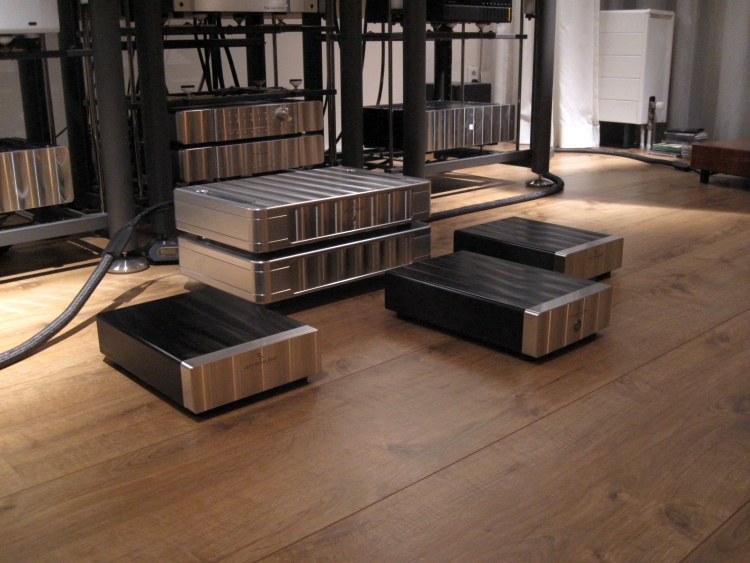
Comparing the more classic class AB sound to the current class D sound using 4 Jeff Rowland amplifiers
Model 525
Model 201
Model 10
Model 6
Model 525 supplied by HVP Audio
Model 201’s supplied by GriepAudio
Introduction
As regular readers will know, the model sixes have long been part of my main system and I like them a lot. Recently I wrote a review of the model 525 and in comparing it to the sixes it made me think of the 201’s, which I heard in my own setup back in the time that I still had a model 10. I preferred the 10 back then, and so I never purchased those nice compact 201’s. However, my particular 10 repeatedly had problems with its power supply, and at a certain point I decided to try some other amplifiers (enter Bryston and McIntosh), before I finally settled on the Jeff Rowland model sixes that I still use today.
From speaking with Jeff himself at the Munich show, I learned that a batch of wrong third party components was to blame, and that this affected only some of the hardware. And indeed this is evidenced by an ever so stable model 10 owned by a close friend. This friend was more than happy to bring along his amplifier, so that I could directly compare the sixes directly to the 10.
GriepAudio, another friend, owns 4 model 201’s that make part of an active DAX crossover setup to drive his Apogee Diva magnetostatics. He also agreed to bring his amplifiers along. This was very interesting because when reviewing the model 525 I already wondered how it would compare to the older 201’s, and now we could make for a nice big comparison.
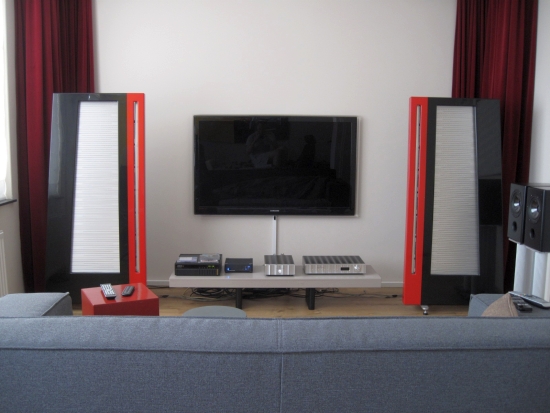
Secondary setup – Model 525
The three of us took place on the couch in the recently finished second listening room, where I have set up a high quality, but relatively simple system and without a preamp. Speakers are refurbished Apogee Duetta Signature, at this stage still with the modified crossover that has tipped up upper mid and treble (essentially the level switch hard wired in the Hi position), and a Wadia 121 DAC, direct into whichever poweramp I use at the time. Cables are kept as standard as possible, though I am sure that this will gradually change as I keep refining this setup. In any event the interlink between Wadia 121 and power amp already deviates from this idea by being a trusty Transparent Ultra XL XLR.
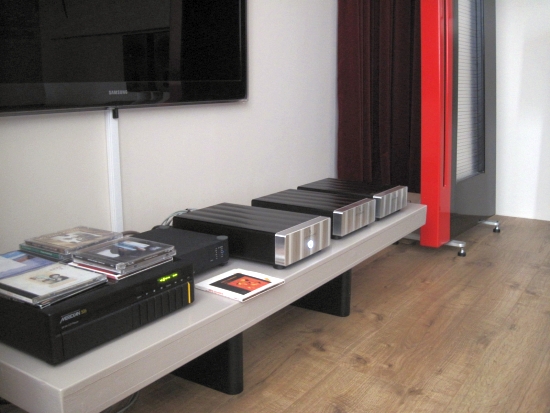
Starting with the 525 (Extensive Review) we agree that the amp is indeed very powerful and in complete control, but that the particular combination does not sound very romantic or involving. Bass really is excellent, the mids are very pure, as is the treble, but harmonic richness aside, which is a normal difference between class A/B and class D, the overall feeling is that the 525 lacks refinement and resolution. To be fair to the 525 this is also a matter of system synergy. Clearly the Pascal module-equipped 525 is very very neutral and it doesn’t add any rosetint colour or warmth otherwise, and I know that the Apogees do need some TLC. Still, the result nags me because I recall my comparisons years ago between the ICE power 201’s and class A/B model 10, in which the 201’s were indeed less romantic than the 10, but still involving and more refined and airy than the 525, or were they?
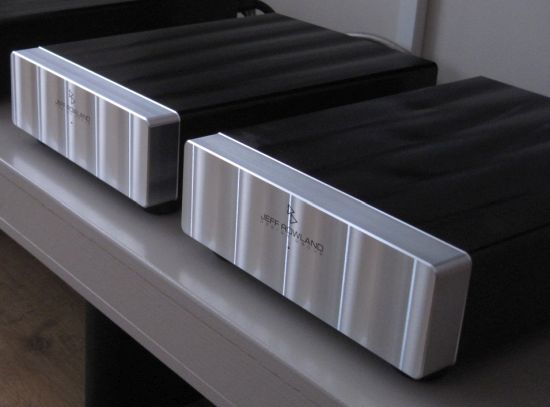
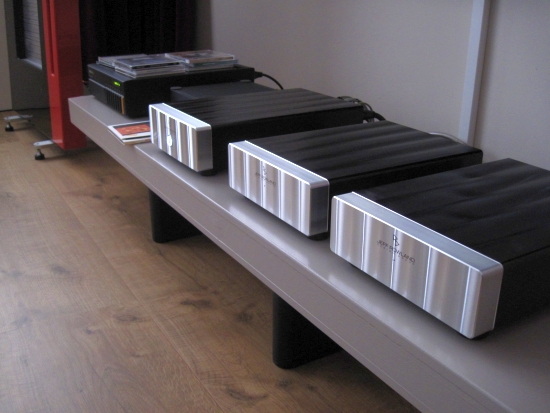
Bonus picture – I just love this small form factor! Interestingly for the 201’s and the 525, the aluminium-coloured front is not actually a separate section bolted on, as is the case with older Rowland products such as the Syngery range. Rather the housing truly is monocoque, and the front is machined to look like it is a separate part.
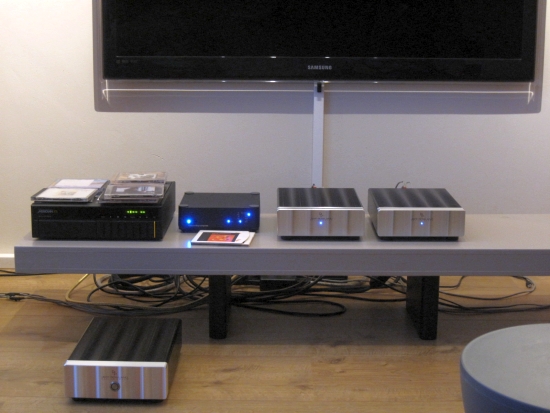
Something that keeps me wondering is why manufacturers insist on using very bright lamps in their products. Rowland amps always used to have nicely understated leds in them, and even when using blue leds, they were appropriately dimmed. The 525 lamp (part of a standard button now also used on Ayre amplifiers) however is very bright. In this particular photo the 525 is switched off though.
Secondary setup – Model 201
The 525 had been switched on for several weeks and the 201’s were, well, ICE cold, if you’ll forgive the pun. The class D amps however don’t seem to be very sensitive to the aspect of running in, or warming up. At least with the 525 I have not detected such differences. Switching to the 201’s it took us only part of the first track to realise that my hunch was right, and indeed the 201’s sound more refined than the 525. Perhaps the 525 has the edge in bass-fulness, lower midrange body and overall timbre (by that I mean acoustical correctness, and the 201’s sound ever so slightly more synthetic), but the 201’s sound much more musically involving otherwise: midrange is warmer and more mellow, treble is more fluid, more extended and airier, soundstage is wider and deeper and overall the 201’s evoke emotion from the Apogee Duettas on a level that the 525 simply doesn’t. The 201’s are also a class D design, but apparently the ICE power modules used sound closer to what I am used to from Jeff Rowland amplifiers than the newer Pascal module. Before moving to the model 10, we swapped the standard powercables on the 201’s for the very upscale NBS Black Label II’s, and this did indeed bring the humble 201’s up a level, in fact now more resembling the 525’s bass and timbre, and adding more believability to that, importantly, without adding any edge, overt control or dryness. A pricey upgrade these powercords, but they certainly do the trick.
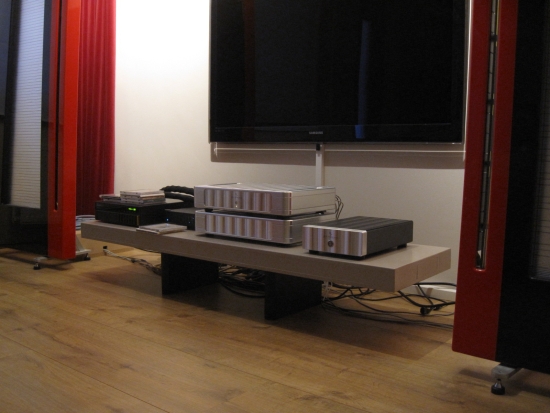
Secondary setup – Model 10
As the model 10 uses a 20A power connector, we couldn’t use the NBS cables on it, but we figured, if the 10 still beats the 201s even with a standard Belden cable, then it is just undeniably better. And better it was, and not by a small margin! The 201’s we found to be more musically pleasing than the 525, but the model 10 made a quantum leap in that regard. The 10 filled the room with soundstage, added tons of colour, not colouration, rather harmonic richness, had much beefier bass and its treble was so much more velvety and airy. So was its entire sound by the way: fast and articulate yet creamy smooth and tonally rich would quite adequately describe the model 10’s character. Of course this is only expected at more than double the list price, but for me it is clear that it is not only that, it’s also that I just prefer the characteristics of class A/B over those of class D. Also I think what we have here is a classic case of superb synergy, as the model 10 is compensating with its richness for the Duetta’s (this particular pair at least) overly open upper mids. All by itself the 10 transformed the second setup from high quality almost into reference class territory.
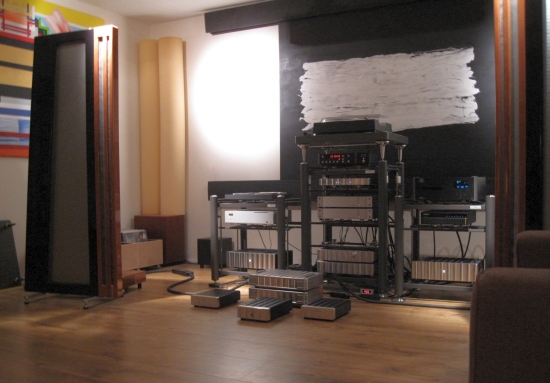
Main setup – Model 525
Although I did try the 525 in the main setup the first time around, and it does actually drive the large Divas without breaking a sweat, the amp is not meant to work in this context, so we did not test it for this second round. Instead we first listened to the sixes, to move straight to the model 10.
Main setup – Model 10
Impressive though the 10 sounded in the second setup, the reference system is something else, and it should be, given the years of tweaking effort that went into it. There’s just a very large difference in scale, dynamics, authority, timbre etcetera. But we weren’t here to assess the sound of my resident system, so we swapped the sixes for the 10, and resumed listening. This was a tough one. Was it better? Was it worse? Although I am biased toward my own amps, actually I think they are more or less of the same quality, was just very different. The 10 turns out to be very warm actually, smoooooothly rich in fact. It has fast transient behaviour, but is also rounded on the edges, which is a strange combination, but there you go: that’s how it sounds to me. Also, in combination with the power hungry Divas, the 10 seems to have less power than the sixes, in spite of having the same 150/275 watts rating as the sixes. The 10 has fuller bass, richer mids and creamier treble, but the latter is also less airy and extended than the treble of the sixes. Overall refinement is more or less comparable, but the sixes are clearly more nimble in the bass and lower mids and definitely more open and communicative in the midrange. The 10 may be considered more romantic in that area though.
At the time of comparison, the sixes were set up in te lowest levels of the Artesania Exoteryc racks and the 10 was on the ground. But since the Artesania racks are actually comprised of a rack within a rack, they work like a pendule and so the bottom most level sounds most free and fluid, even more so than with the same components placed on the floor. Knowing this, the sixes have an advantage in terms of fluidity, yet they sound more upbeat and lively.
In an effort to better match the system to the model 10 I set it on Cerapucs, and although this definitely helped, we still preferred the sixes. In the 10’s defence, my system has been tweaked for years to sound best using the components that are in place. The model 10 might well benefit from not having Transparent Reference XLR interlinks, and less, or maybe none, of the Harmonic Technology Pro AC II powercables on any of the sources. I’m sure that more performance could be had from the 10 when applying careful tuning the system around it.
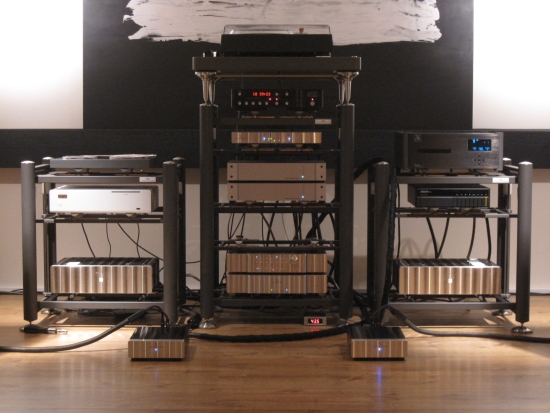
Main setup – Model 201
We couldn’t resist – we had to quickly connect the 201’s. Again I used the NBS power cables for good measure, and resumed listening. Ok, the 10 was in another world in terms of richness, soundstage and body, and sure the 201’s did not sound as timbrally rich and effortlessly airy as the sixes, but they did match their speed and transparency. Bass was also not too far off, but the same goes for the 525 for that matter. Refinement is another matter: while the 525 definitely sounded less refined in either setup (resolution seemed low at treble frequencies), the 201’s were much closer to the sixes in terms of refinement and resolution. Unlike with the 525, we felt that the 201’s, however pastel-tinted they may be by comparison, still manage to sound free-flowing and musical, and do succeed in evoking emotion.
Apart from a less than rich tonality, the second most striking difference between the class A/B model 10 and sixes on the one hand, and the 525 and 201’s on the other, is that the latter have what I call a 2D soundstage. Back to front there’s no depth perception, and no layering, imaging is flat as a pancake, and sounds also don’t pop forward much. The sound does go outside the speakers left and right where this is in the recording.
Conclusion
It is dangerous to draw firm conclusions with amps this different and in such different price ranges, but I do see a trend: that of the classic JRDG sound versus the new JRDG sound, certainly in the brand’s more affordable range. The amps are certainly getting more efficient, but I feel that some of the soul that I love in the classic JRDG gear is increasingly phased out. Overall – hats off to the 201’s, as they manage to sound reminiscent of classic Jeff Rowland class A/B amps in some aspects, in spite of working in class D. The sixes are more refined though and sound more luxurious, and in my setup are the more emotionally appealing performers. This is no surprise at double the 201’s list price. The 10 deviates from the “ever-cleaner” trend by sounding even more luscious and creamy-rich than the sixes and is a most definite antidote for otherwise clinical systems.
Don’t forget: devaluation also needs to be taken into account in comparisons like these, as the model 6 were approximately 14.000 euro in the last century and the model 10 was 11.000 euro in 2002. To put this further into perspective, the 10’s successor, the 625s2, is currently listed at 21.000 euro. Perhaps in this light, the relatively affordable class D units deserve more respect than they are getting in this comparison.
No doubt class D will continue to improve to become less clinical and at some stage might come dangerously close to the sound of class A/B. For now though I am just glad that class A/B amps are still being made, for example the excellent successors to the model sixes, the model 725’s.
Update December 2017
Now having heard the NuPrime ST-10 and Mola-Mola Kaluga class D amplifiers, mentioned in the Analog Domain review and in the HFA Audio History Part 29, I must conclude that the future is now here. No longer does Class D have to stand in the shade of Class A or A/B designs. Sure, the delivery is different than the stereotypical extra smooth and rich sounding class A amp, but pure, dynamic, refined and since hearing the aforementioned designs, now also timbrally convincing and with treble performance every bit as refined and airy as that of the Rowland model sixes.
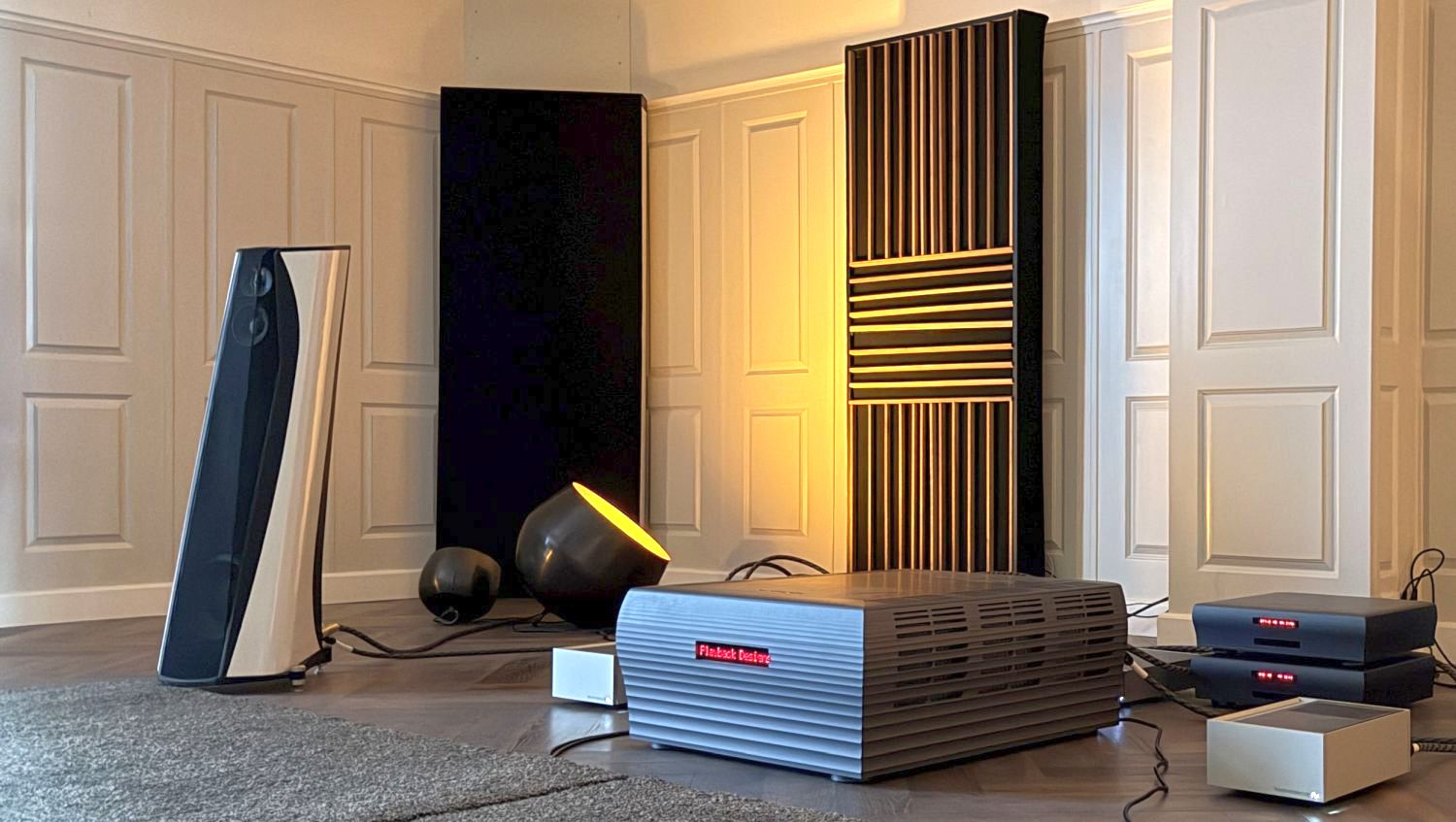
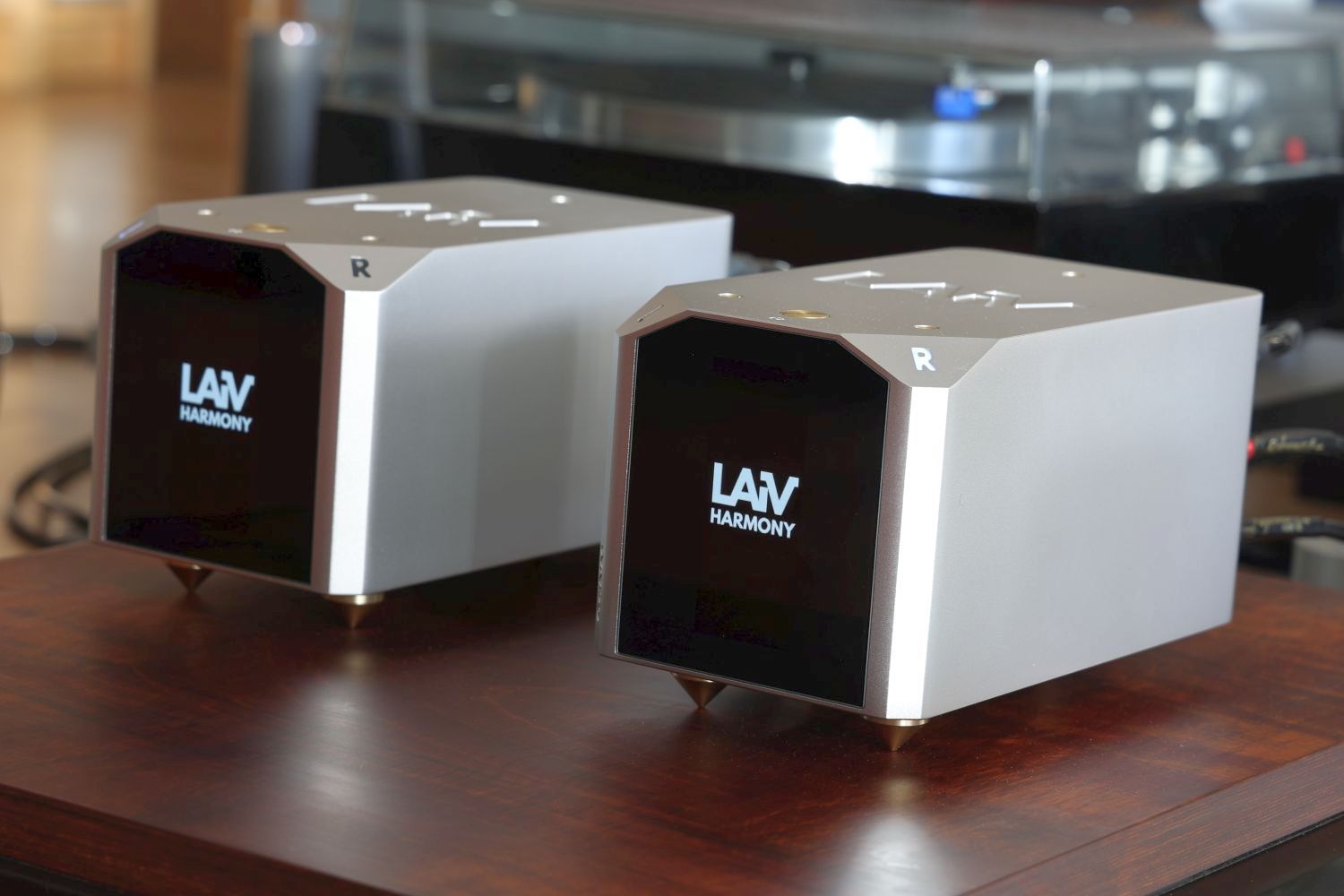
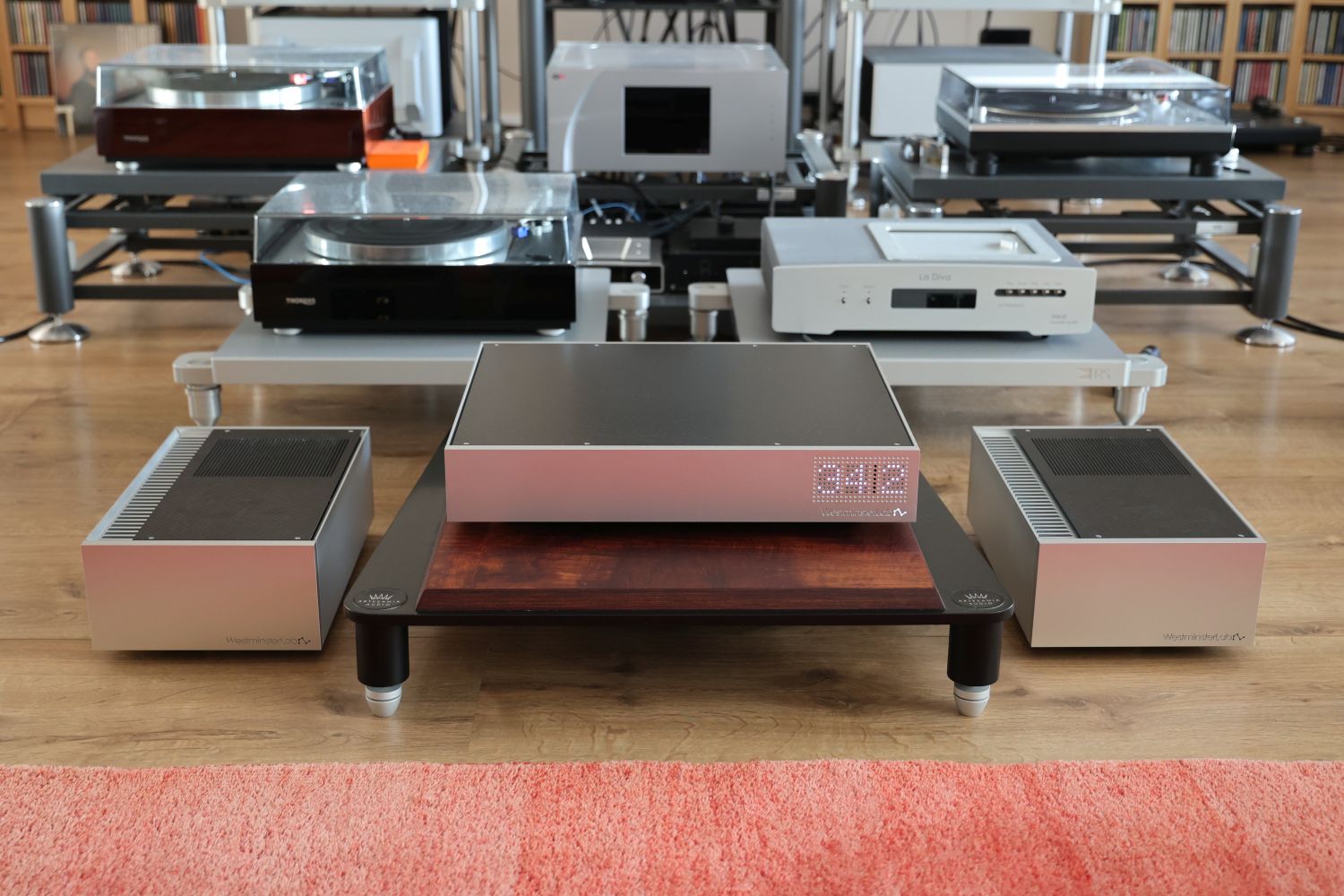
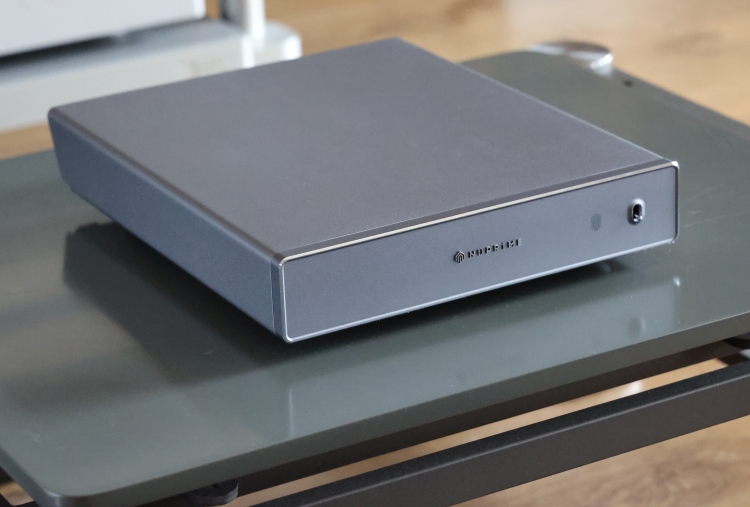
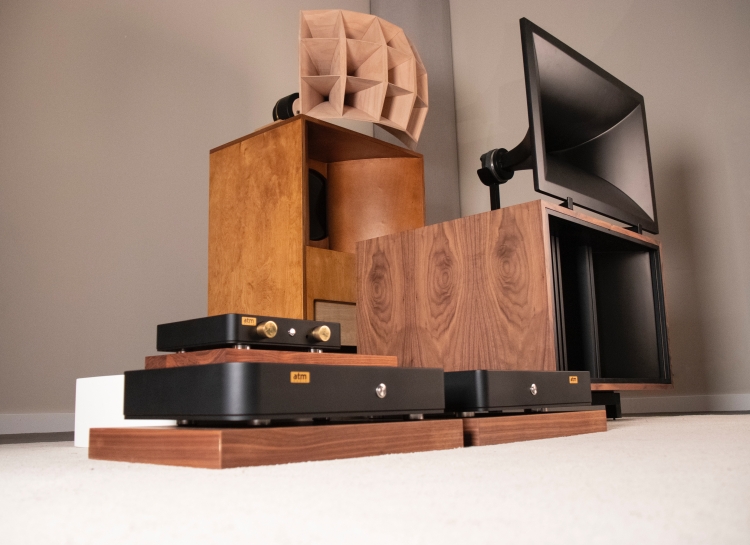
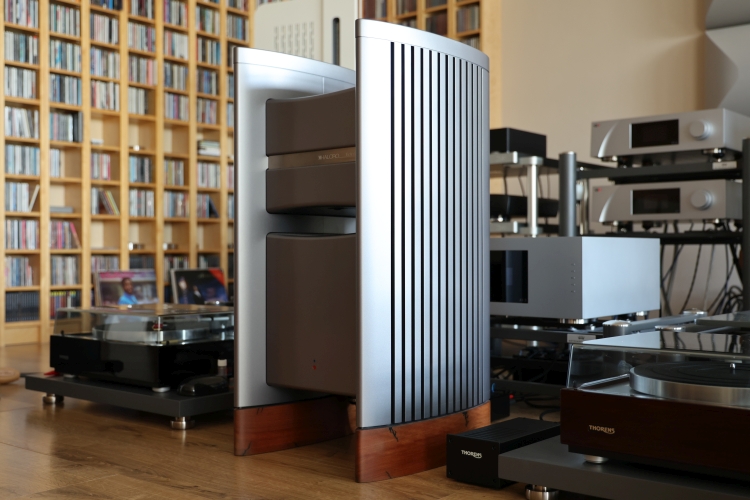
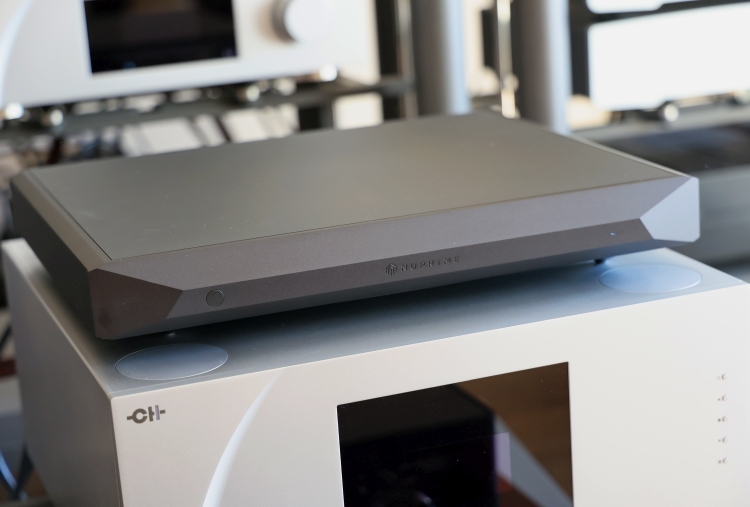
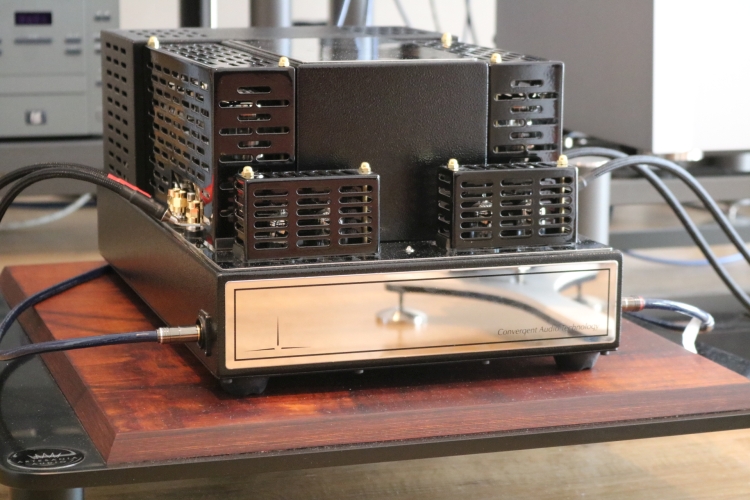
Hi Christiaan.
Thanks a lot for reviews like this.
It´s so different in a positive way than standard reviews and the HFA page is still one of the first I am searching for Infos
Regards from Vienna, Austria
Hello Christiaan,
Marc here from your Martin Logan 15a review. Figured posting here would be a better fit as our amp discussion made me think of a glowing class D amp review I read last year.
https://www.soundandvision.com/content/ati-at527nc-and-at524nc-amplifiers-review
Have you heard anything about these ATI amps, any thoughts? I ask as our Bryston / Mac discussion drifted toward my love of hyper detailed sound/quick dynamic range. Sounds like these Hypex N-core modules are about as perfect as class D tech can get, and being class D, one thing I know, they’ll be detailed. Also was shocked that the reviewer would “trade up” from his Parasound A51, which is a very well regarded A/B amp, on par with Bryston I figure. Since I’ve decided to start A/B’ing, might as well think about getting one of these for comparison??
Hi Marc, indeed now that I know you are more of a detail fanatic than a smooth/big/beefy kind of guy, there are other amps that are more suited than Bryston. What I think is the best amp yet with the ESL15A’s, is the CH Precision A1 or even better the A1.5. Detail, differentiation, articulation and transparency really do not get better than this. But it’s priced cough-a little steeply-cough. Then again, I recently compared my 1.5 to a friends’ Soulution 711 and although that review is still to appear, I can already say that the A1.5 definitely has the upper hand over the 711 in the detail department. Anyway, back to class D. Well, my stance is that if it must be class D, and you want to combine the best fluidity and refinement that I’ve heard from Class D, combined with the more typical class-D strengths, then Hypex is the best way to go. even better, are the MolaMola Kaluga amps. Based on Hypex (which they own) but further enhanced in a way that is not made available to OEM manufacturers. The only thing against them for me was their timbre which I think is slightly synthetic in a way that NuPrime ST10 isn’t. But the latter doesn’t have the MolaMola’s treble resolution and refinement. For me, all Logans inherently have a slight synthetic nature but I feel the same about Quads and I don’t hear anyone else proclaim this so maybe I’m more sensitive to this aspect than most. Either way, on goes the quest for your ideal amp I guess… decisions decisions… 🙂
I’ve read your reviews on the CH Precision. And…cough…yeah, that would be an extreme purchase. I mentally prepared myself to spend the most on my ML 15a’s. An amp needs to be around half their cost. I read your review on the NuPrime Evolution One…and I was “wow”. Wow enough to keep researching it, Which brought me to this one…
https://totallywired.nz/nuprime-2/nuprime-evolution-one/
And again I was wow. This sounds like the exact kind of sound for me. Question, do you think the tech in this NuPrime model rivals Hypex tech, ATI being on of the leaders using it??
I’ve also reviewed the NuPrime Evolution Ones on this site, please have a read and then we can pick up the conversation:-)
How does the 535 compare to the Mola Mola Kalunga monos? Thanks
I’ve not personally auditioned the 535 so I could not really say. I do suspect, however, that the 535 could be more earthy and the Kalugas more airy.
Sorry meant 525
525 is more earthy and more solid. The Kalugas also have tight bass but they are somehow more light-footed. Biggest difference is in terms of treble presentation. Counter-intuitively enough, the Kalugas sound more like the classic Rowlands: fluid, airy and ever so gentle. The 525 is rougher, a little darker, and less finely resolving. Another dividing factor is the timbre: the Rowland 525 (and likely its other Pascal brethere as well) sounds acoustically highly credible to me whereas I find the Kalugas to sound slightly synthetic, in the same way that the Rowland 201’s did. Then again, that is an aspect that I have found very few people to be sensitive to so your mileage may vary.
Great review and discussion. Thanks. Would also enjoy seeing the Rowland 201s compared with the 501s.
Indeed that would be interesting but I don’t think that’ll happen unless I run into someone who has both amps.